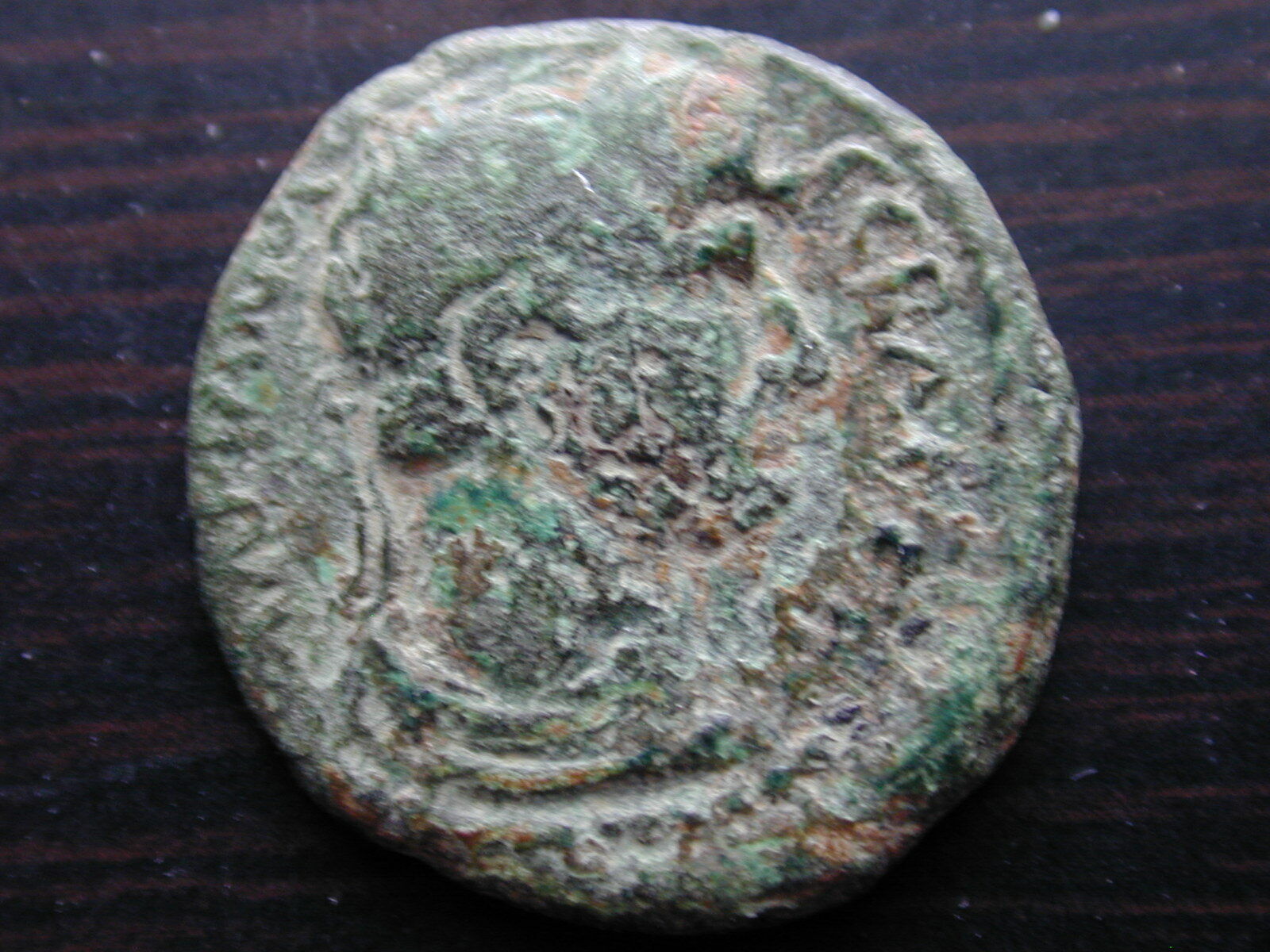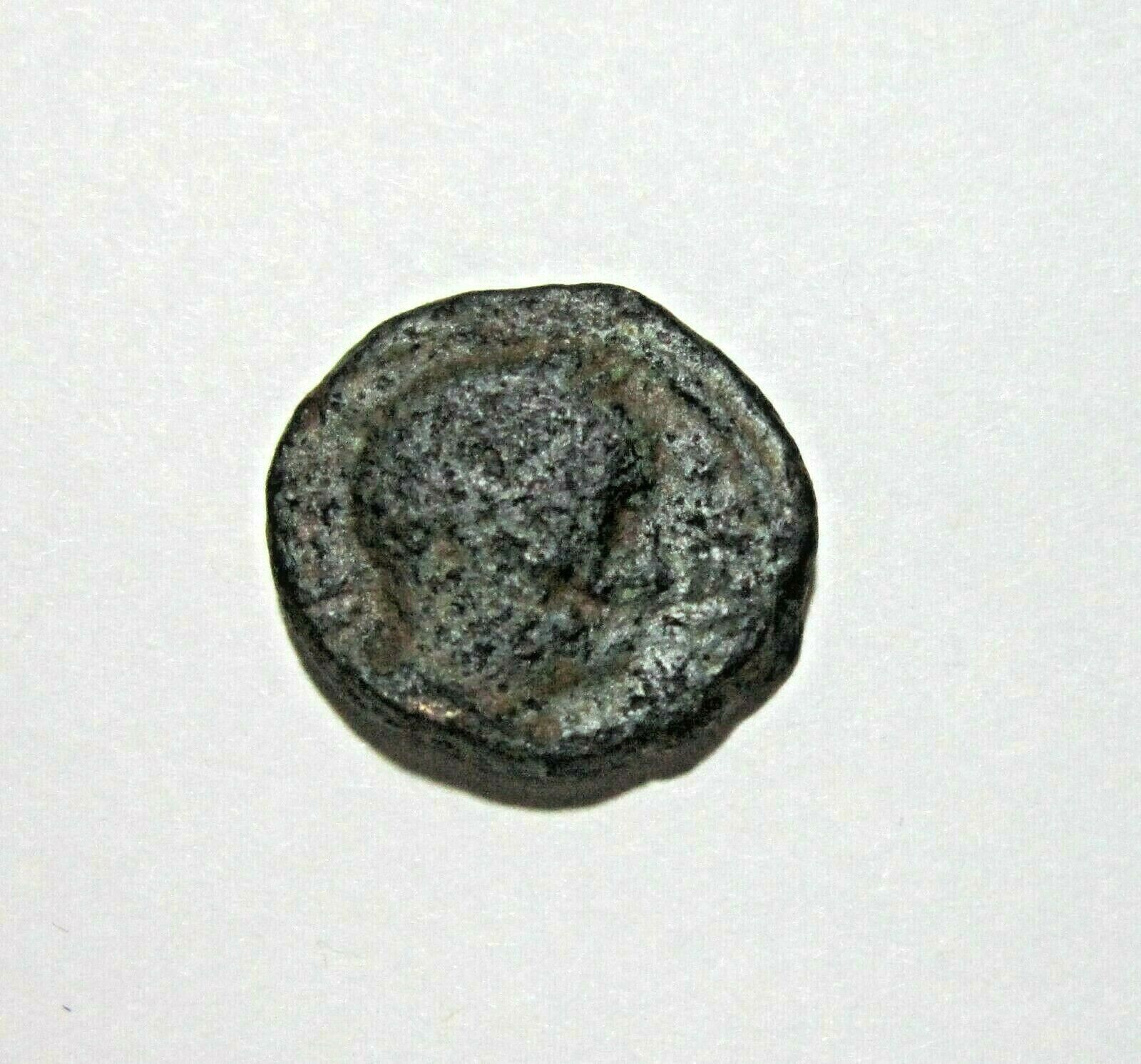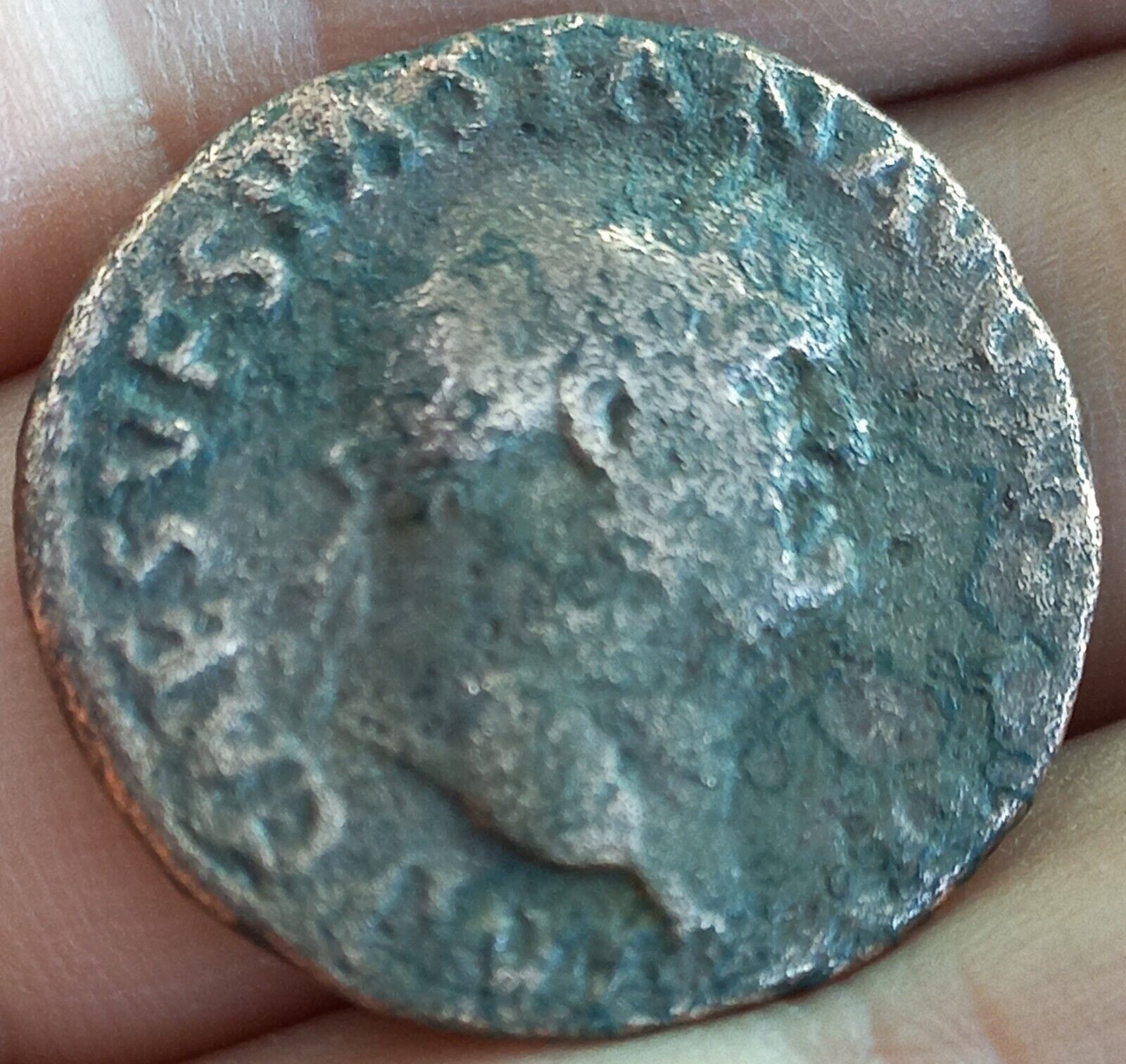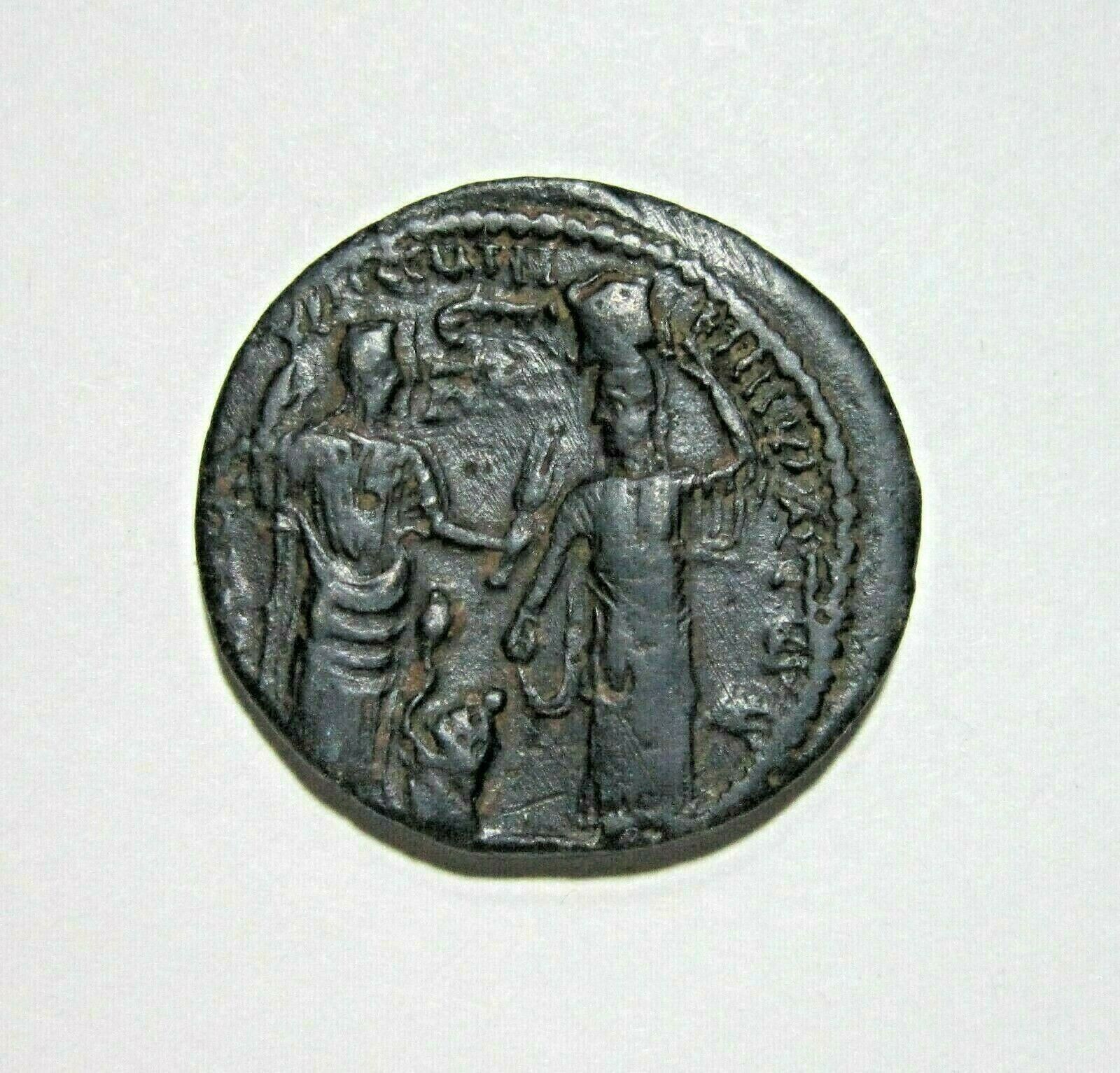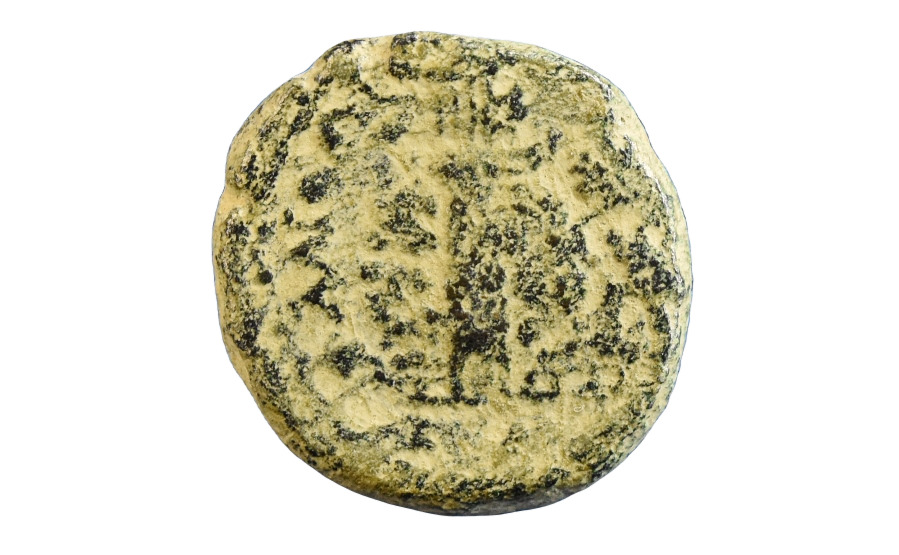-40%
SAMOSATA COMMAGENE HADRIAN c131AD AE20 4.5gm PROVINCIAL BRONZE RPCIII 3419 S1235
$ 14.78
- Description
- Size Guide
Description
SAMOSATA COMMAGENE HADRIAN c131AD AE20 4.5gm RPCIII 3419 S1235 BMC p118#20 PROVINCIAL BRONZEHADRIAN LAUR DR CUIR R (ADPIANOC) CEBACT (OC)
ThLA CAMO MATPO KOM IN 4 LINES INSIDE WREATH
BMC GALATIA pg 118#20
ROUGH SURFACES RARE COIN
I WILL SHIP OVERSEAS ONLY THROUGH THE GLOBAL SHIPPING PROGRAM OR OTHER US BASED SHIPPING SERVICES
Samosata was an ancient city on the west bank of the Euphrates founded by Sames, a satrap of Commagene circa 260 BC. It serves as the capital of Commagene from 160 BC until it surrendered to Rome in 72 AD. It was the birthplace of Lucian, a famous writer, who wrote the 1
st
Space novel and Paul of Samosata. Seven Christian martyrs died there in 297 under Diocletian. In 1098, Bulduk the Artubid massacred the Army of Baudouin of Antioch during the Crusades. The city was captured by the Muslims in 1149. The ancient town was submerged by the Ataturk Dam in 1989 and modern Samsat exists close by with 2000 inhabitants.
Little is known of the history of Commagene before the 2
nd
century BC. The later kings claimed to be descendants of the Orontids, the founders of the Armenian Kingdom. The Seleucids gained control under Antiochus III the Great, keeping control until 163 BC when Ptolemaeus of Commagene established himself as an independent king. The Kingdom maintained independence until 17 AD when it became a Roman province under Tiberius. It again gained independence when Antiochus IV was reinstalled by Caligula, but soon after Caligula took that power away. Independence again was granted by Claudius and it lasted until 72 AD when Vespasian made it a part of the Roman Empire.
Important events in the year 131 AD:
Hadrian builds Aelia Capitolina where Jerusalem once stood; Roman Senate excluded from controlling affairs of State; Italy divided into legal districts and managed by Consuls; Edict of Hadrian prohibits circumcision and public reading of the Torah; Temple of Baal Shamin constructed in Palmyra, Syria

